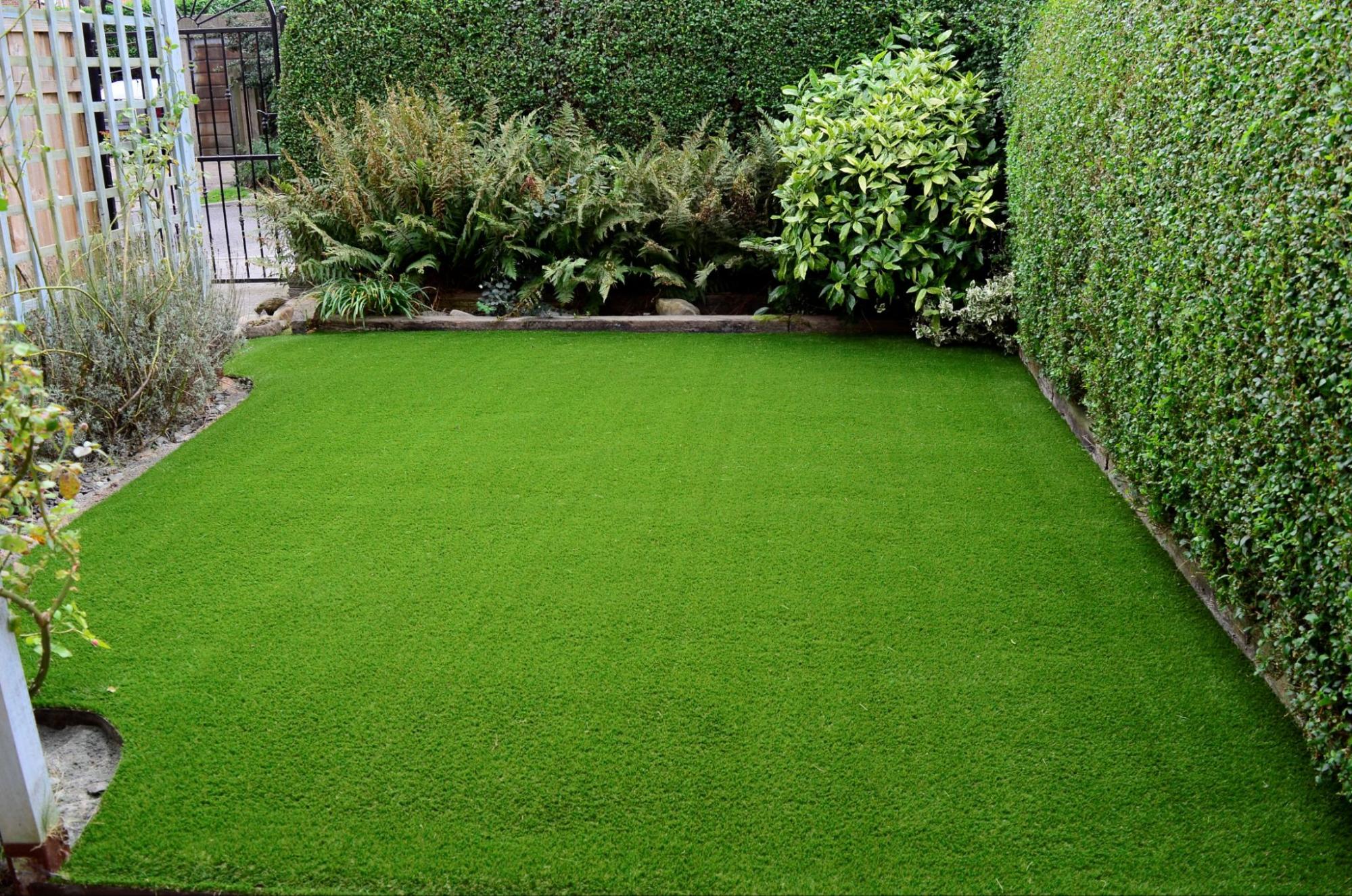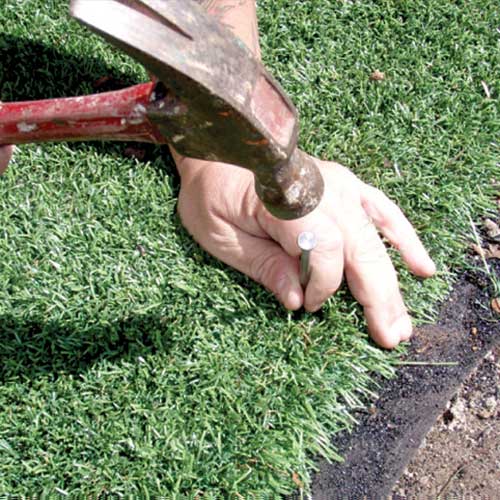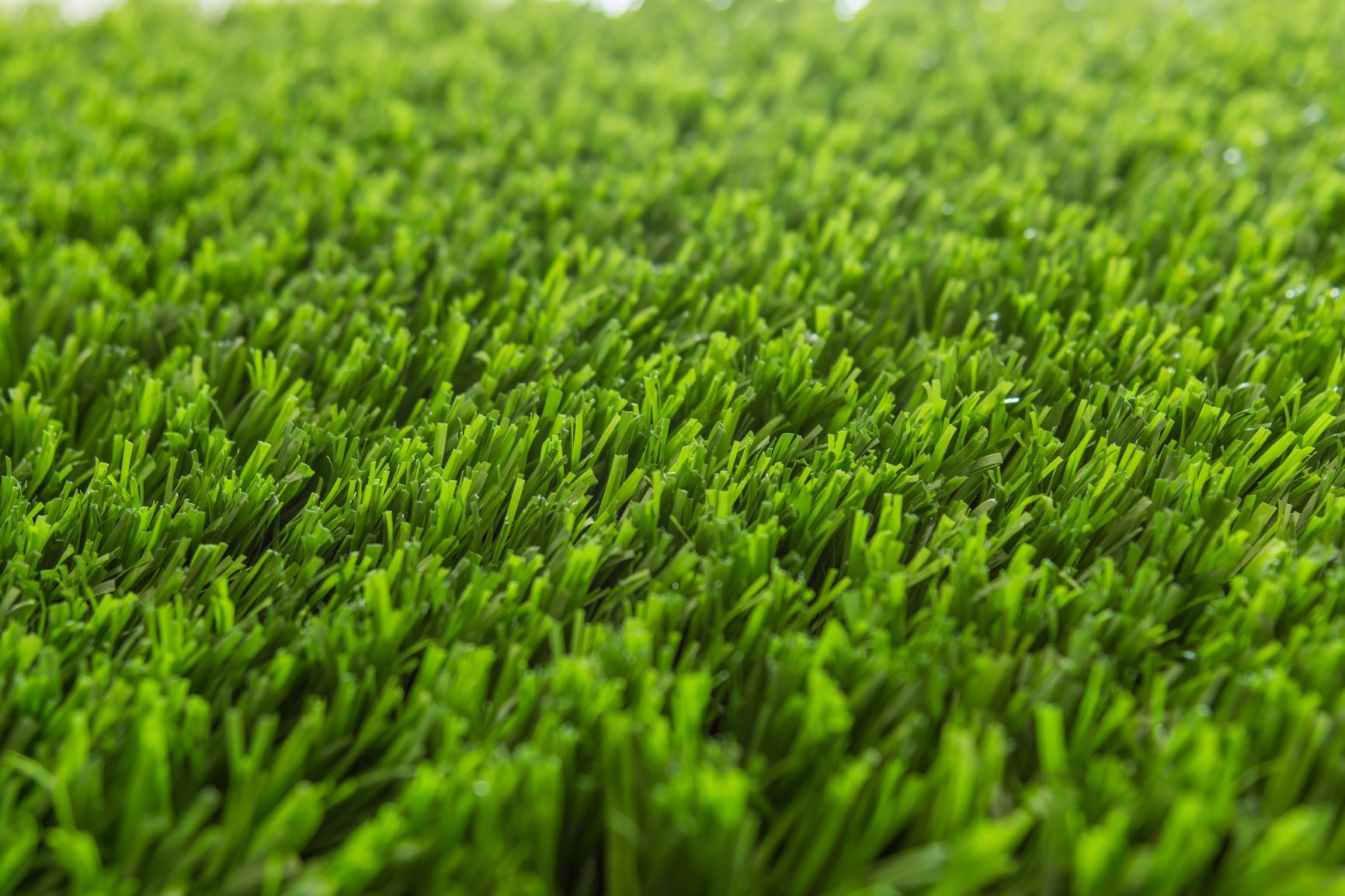Top Arizona Turf Providers Offering a Realistic Lawn Option
Top Arizona Turf Providers Offering a Realistic Lawn Option
Blog Article
Delve Into the Environmental Conveniences of Opting for Artificial Lawn Solutions
The adoption of man-made lawn solutions provides an engaging possibility to resolve pressing environmental difficulties. By dramatically reducing water usage and reducing the application of harmful chemicals, these alternatives not only promote lasting landscaping but also safeguard neighborhood ecological communities.
Water Conservation Conveniences
Among the most significant advantages of synthetic grass is its capability to save water. Standard grass yards call for significant watering, particularly in locations vulnerable to drought or water limitations. In comparison, synthetic grass does not require watering, dramatically lowering the overall need for water sources. This feature is particularly useful in deserts where water deficiency is a pushing problem.
By eliminating the demand for regular watering, fabricated lawn adds to lasting landscape practices and assists minimize the ecological influence of excessive water intake. The conservation of water prolongs to the decrease of overflow, which can lead to dirt erosion and waterway pollution.
Additionally, the installment of synthetic grass allows municipalities and house owners to allot water resources much more effectively, concentrating on essential uses such as drinking water and agriculture. The change in the direction of synthetic grass not just advertises accountable water usage but also lines up with wider ecological objectives aimed at preserving natural deposits.
As neighborhoods progressively focus on sustainability, the water preservation advantages of synthetic grass offer an engaging instance for its fostering in household and commercial landscape design jobs.
Reduced Chemical Usage
The change to artificial lawn significantly reduces the reliance on chemical treatments generally made use of in all-natural lawn upkeep. Conventional turf management normally includes the application of herbicides, plant foods, and pesticides to advertise growth and control insects. These chemicals can pose threats to human wellness, regional wild animals, and the environment, adding to soil and water contamination.
On the other hand, artificial lawn removes the requirement for these hazardous substances. As soon as installed, it calls for minimal maintenance, mostly including regular cleansing and irregular infill replenishment. This decrease in chemical usage not only profits the instant setting however also adds to more comprehensive environmental security. By lessening the release of synthetic substances right into the community, synthetic grass advertises healthier dirt and water systems.
In addition, the absence of chemical overflow related to synthetic lawn setups aids safeguard regional rivers from pollution, supporting water life and keeping biodiversity. Phoenix turf companies. As areas increasingly prioritize sustainable techniques, choosing man-made lawn offers a feasible service that aligns with environmental conservation objectives. With this change, building proprietors can enjoy lush eco-friendly areas without endangering eco-friendly wellness, leading the way for a more sustainable future
Lower Carbon Footprint

Furthermore, the installation of synthetic grass can cause substantial water conservation. Natural yards call for considerable amounts of water for irrigation, which not only includes in the carbon footprint related to water extraction and treatment but also pressures local water sources. On Source the other hand, synthetic grass needs minimal maintenance, needing no watering, therefore significantly decreasing water usage and its associated energy expenses.
Furthermore, the durability of synthetic grass adds to its decreased carbon effect. With a life expectancy of as much as 15 years or more, the demand for constant substitutes is reduced, leading to less waste and lower energy consumption in production and dealing with conventional grass alternatives. Overall, synthetic grass provides a sustainable choice for ecologically mindful landscaping.
Environment Conservation
Habitat conservation is an essential factor to consider in the argument over landscaping choices, specifically when comparing fabricated lawn to natural grass. All-natural turf lawns usually call for considerable maintenance, consisting of the usage of plant foods, pesticides, and herbicides, which can adversely influence neighborhood environments. These chemicals can seep into the soil and rivers, harming native flora and animals and interrupting regional environments.
On the other hand, fabricated lawn provides a possibility to reduce the environmental impact of landscape design. By opting for artificial turf, property owners can minimize the disruption of natural habitats connected with typical yard care practices. Fabricated lawn gets rid of the demand for damaging chemicals, therefore shielding neighboring wildlife and preserving the honesty of bordering ecosystems. Additionally, the installment of synthetic grass can bring about the conversion of former lawn locations right into even more biodiverse landscapes, such as pollinator yards or native plant areas, which can sustain neighborhood wild animals.
Ultimately, the transition to synthetic grass not just preserves water and minimizes maintenance efforts but additionally cultivates a much more harmonious relationship between human tasks and the native environment, promoting environment conservation at the same time.
Long-Term Sustainability
Lasting sustainability is a crucial variable in evaluating the benefits of synthetic grass over typical grass yards. One of the most substantial benefits of artificial lawn is its toughness; it can last as much as 15-20 years with minimal upkeep, whereas natural yard calls for regular reseeding and substitute. This durability reduces the requirement for continuous resources, such as water, plant foods, and pesticides, which are necessary for maintaining a healthy and balanced turf lawn.
Furthermore, synthetic lawn adds to a reduction in carbon discharges connected with lawn care tools. Standard lawns usually need gas-powered mowers, trimmers, and blowers, every one of which add to air pollution. Arizona artificial turf. In comparison, synthetic grass gets rid of the demand for such devices, promoting a cleaner setting
Additionally, the manufacturing of synthetic grass progressively utilizes recycled materials, boosting its sustainability account. As manufacturers take on environment-friendly practices, the environmental footprint of synthetic grass proceeds to diminish.

Final Thought
The adoption of synthetic grass remedies provides considerable ecological advantages, consisting of considerable water preservation, minimized reliance on unsafe chemicals, and a reduced carbon impact. why not try here Moreover, artificial lawn aids in maintaining natural environments by minimizing land disruption and promoting lasting sustainability through making use of durable products. Jointly, these variables underscore the capacity of fabricated grass to add favorably to environmental health and wellness and use a viable option to typical landscaping practices in a significantly resource-conscious globe.
In contrast, man-made lawn does not require watering, considerably minimizing the general demand for water resources. By reducing the release of synthetic substances right into the ecological community, artificial Web Site turf promotes much healthier dirt and water systems.
Additionally, the installment of artificial turf can result in substantial water conservation. In contrast, man-made lawn requires very little upkeep, needing no watering, therefore significantly reducing water use and its linked power costs.

Report this page